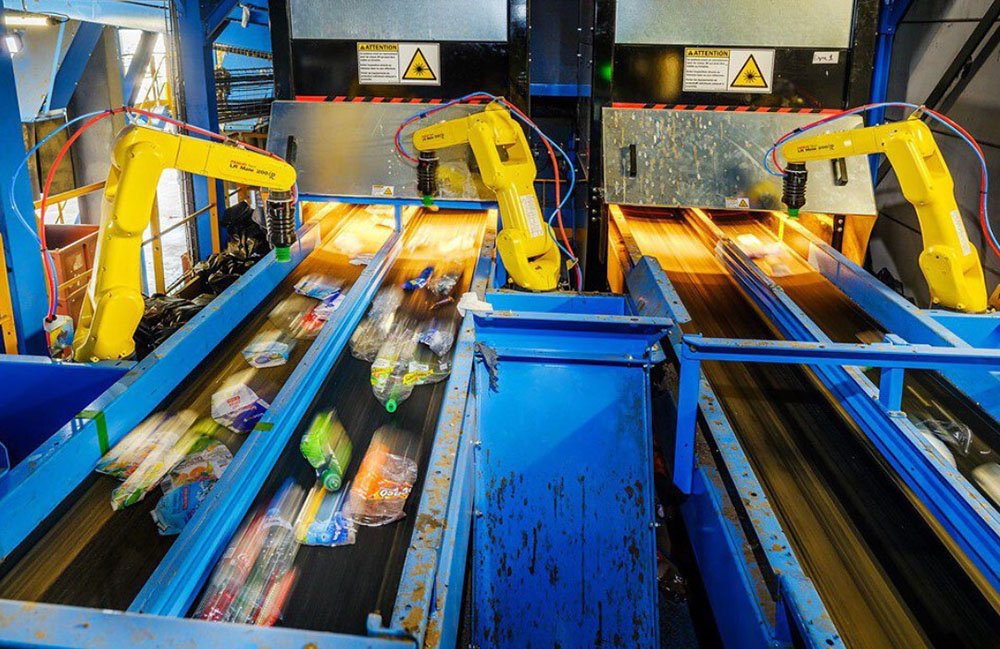
Greyparrot and Waste Robotics partnered earlier this year to enhance Waste Robotics’ sortation capabilities. The company creates robots that sort a variety of wastes, including construction and demolition, recyclables, metals, and municipal solid waste, and the everyday items tossed out by the public.
The company uses FANUC robot arms paired with its proprietary AI and gripper technology. Now, it’s also using Greyparrot’s AI to ensure its robots are being used at the most important parts of the waste sortation process.
Waste Robotics creates what it calls physical AI that helps robots identify and pick up a variety of items. The added AI layer from Greyparrot uses cameras to track all the materials passing on conveyor belts and create real-time insights on a live dashboard.
With Waste Robotics, the Greyparrot Analyzer is at work characterizing material streams and identifying the most impactful opportunities for automated robotic sorting. The combined product called the Robot Validator, allows Waste Robotics’ customers to know that they will be getting the most out of their robots from day one.
The Robot Report connected with Eric Camirand, CEO of Waste Robotics, and Gaspard Duthilleul, COO of Greyparrot, to learn more about the partnership.
Tackling the “last mile” of waste sorting
Waste sorting is an ideal use case for robotics. It’s repetitive, back-breaking work that involves handling a variety of materials. It’s no surprise many material recovery facilities (MRFs) have a difficult time finding enough staff. Still, despite these challenges, MRFs may be hesitant to try automation because of the sheer variability in their facilities.
When it comes to delivering goods, the “last mile” is a term used to describe the final, most difficult part of the delivery process, when the goods are handed off to the customer. Camirand said that waste sorting is dealing with a similar problem right now.
“When we talk about waste sorting, the last mile is often what we call quality control,” Camirand told The Robot Report. “So there are different technologies out there that can sort, but when you are in the final finicky few picks, the critical picks to be done to improve the quality of the product or service level, it’s hard to deploy a lot of equipment like optical sorters or other types of machines to do this. So robots kind of come and really replicate what humans are doing. Right now, the most effective way to remove these last few contaminants in, for example, the plastic line, is really with robotics.”
Waste Robotics said it specializes in this “last mile” of waste sorting. The company has a variety of gripper types, from suction grippers to multi-fingered grippers, that enable it to handle any kind of waste. Still, the company wanted to ensure its customers were getting as much value from its robots as possible.
Content retrieved from: https://www.therobotreport.com/how-waste-robotics-and-greyparrot-enable-more-effective-sorting-robots/.






